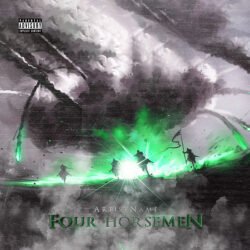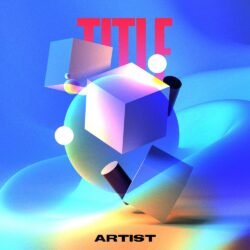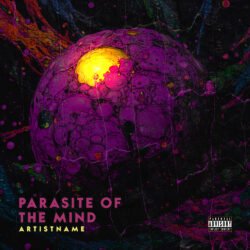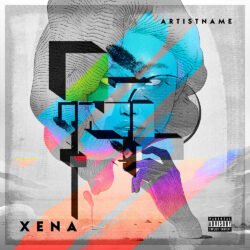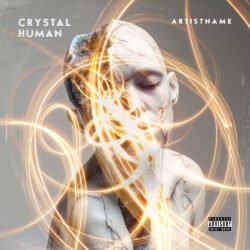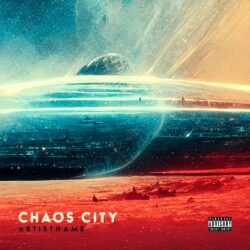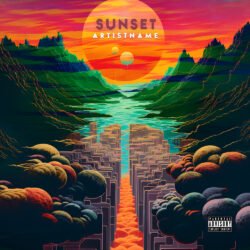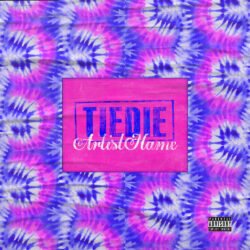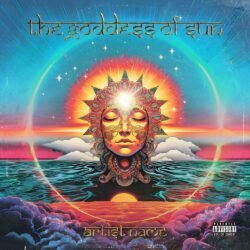Download exclusive premade trance music album cover designs and digital artworks for sale created by artists, for artists.
Can’t discover your artwork? We’ve got you covered! Buy cover artwork's job is to curate a collection of unique exclusive licenses download premade artworks for sale, also provide design services for artists, musicians, bands, singers, vocalists, DJs, producers, record labels, authors, content creators, distributors, and publishers with the collaboration of top artists, designers, and makers that would elevate music into visual imagery.
Covering every genre, from Acid Trance, Goa Trance, and Progressive Trance, to Neo-Trance. Grab your favorite Artworks (illustrations, images, photos, collages, and graphic arts) and use them for Albums, Singles, EPs, Posters, Merchandise and more on Distrokid, Spotify, Apple Music, Bandcamp, Soundcloud, Tidal, Deezer, and other Streaming, Publishing, and Printing Services. You also can turn them into a short looping animation and use it for streaming services like Spotify videos or YouTube and other social media like Instagram stories or TikTok.
A Dive Into Trance Music
Classic trance
Acid trance
Goa trance
Psytrance
Ibiza trance
Trance house
Dream trance
Progressive trance
Eurotrance
Vocal trance
Hardtrance
Uplifting trance
Epic trance
Neo-trance
NRG
Hard Nrg
Trance focuses on melody more than any other music genre. The name reveals its purpose: Trance is supposed to hypnotize and entrance the listener, to provide escapism. Therefore most Trance songs are much longer than other EDM songs and are often mixed and remixed. Long track lengths mirror that of Downtempo, but Trance is faster and with a pronounced four-to-the-floor beat. Trance is supposed to entrance the listener on the dance floor, not at home. It should take you on a journey of both mind and body. Yet however important melody may be, it should not disturb Trance’s harmonious holy trinity of beat, bass, and melody.
It is no coincidence that the rise of Trance coincides with the fall of Rave. Trance became a refuge for worn out ravers, in pursuit of tranquillity instead of noisy hyper-stimulation. Unknowingly, Trance is less related to drugs as House or Hardcore Techno (though some subgenres know how to restore the balance). Trance compensates a world of hedonism with a world of spirituality and deeper experience. At least that’s what it often claims to be. Whether or not Trance’s notion of self-indulgence (of which it’s sometimes accused) is true, its magnetism on different EDM communities worked well. Especially in its countries of origin, which form a geographical “Trance triangle”: Germany, the Netherlands and Belgium.
Trance is recognizable by pronounced synth melodies which always form its core. All types of waveforms, modulations, and effects are discovered in the world of Trance. Synth melodies usually build up to theatrical climaxes: the crescendo. Crescendos are enhanced by arpeggios, rising pitches, or addition of layers (instruments, melodies). After the crescendo, melodies come down again with or without a breakdown, although a complete absence of melodic elements or synth stabs is quite rare because that way the entrancing might be lost. Just like modern Drum ‘n’ Bass, Trance needs computers to be produced. It favors digital technology over analog. This is why Trance is one of the youngest super-genres, and often produced with crystal clear sounds. Trance is not supposed to stop, its fast tempo (between 135 and 150bpm) eclipses even House and Techno and seamless mixes attempt to achieve one long Trance experience.
Trance used to be regarded as just a part of House or Techno, from which it originated. But over the course of time it developed into a fully-fledged super-genre, though a great deal of ignorance remains about its hierarchical status. This can be explained by the facts that most Trance DJ’s switch between different styles during their career and that the Trance community cares less about genre classification. Trance as a genre seems more unified than others, making it easy to be mistaken for a smaller style than it actually is. However, one should not underestimate the impact and influence of Trance. Many famous Dance songs, mistaken for House or Techno, are actually Trance. Rich, successful megastar DJ’s did not exist before Trance and EDM couldn’t maintain its momentum at the end of the nineties without Trance. At the beginning of the new millennium, Trance experienced massive mainstream success, which polarized its fan base into a commercial and alternative side. Lately, this dichotomy has ceased to be relevant as Trance itself is struggling to stay relevant. The future seems uncertain. But if you would like to travel with just music and no movement, Trance is still your best option.
